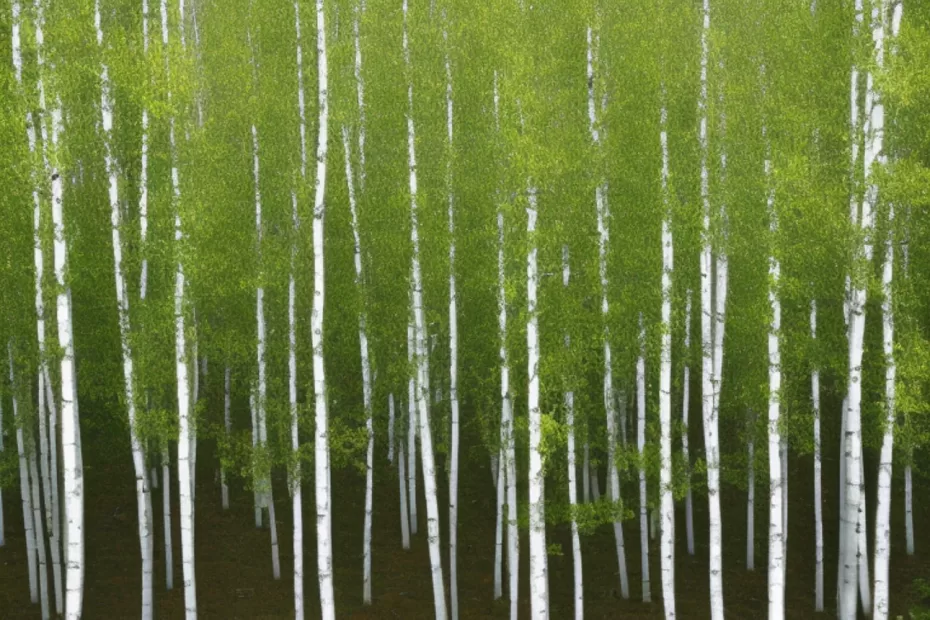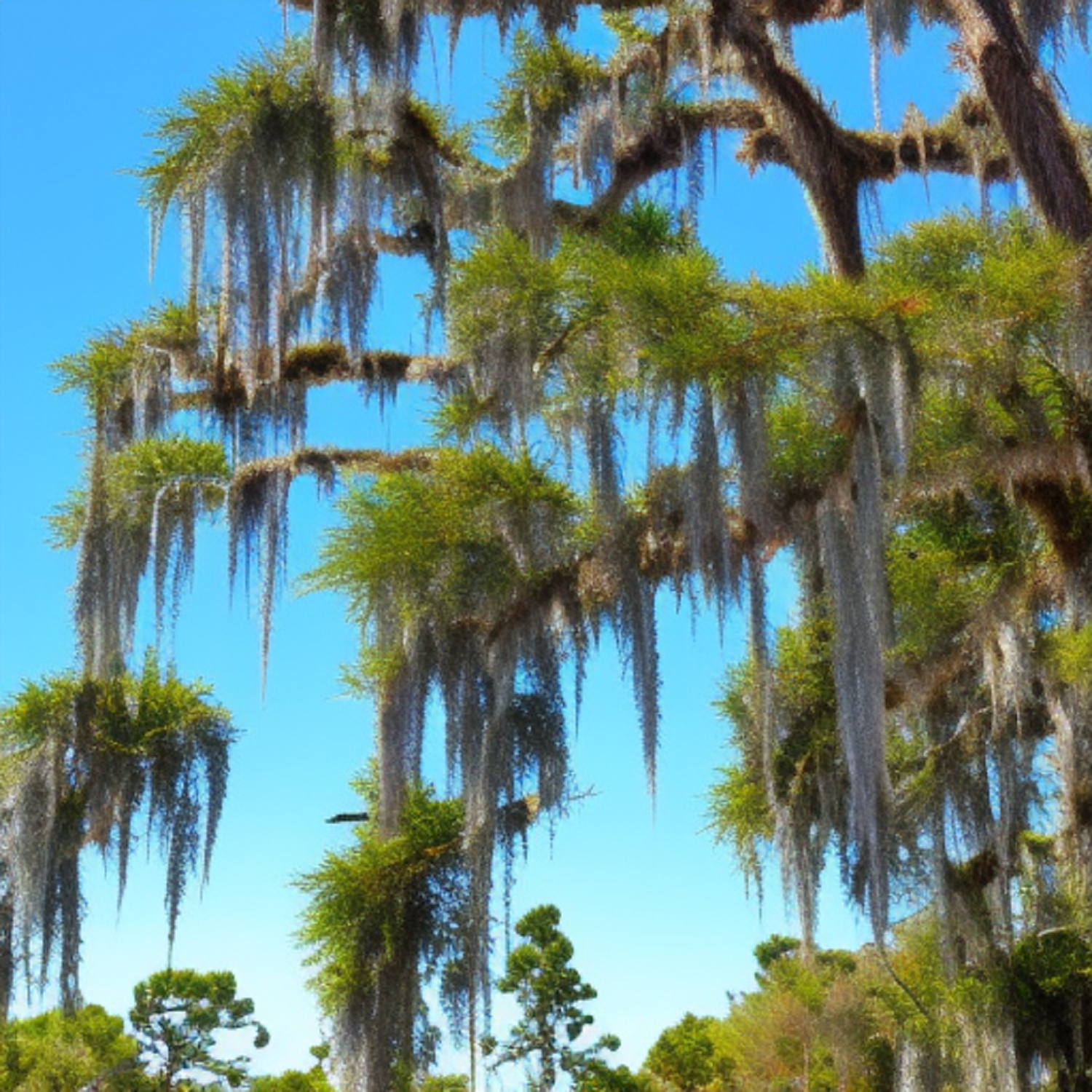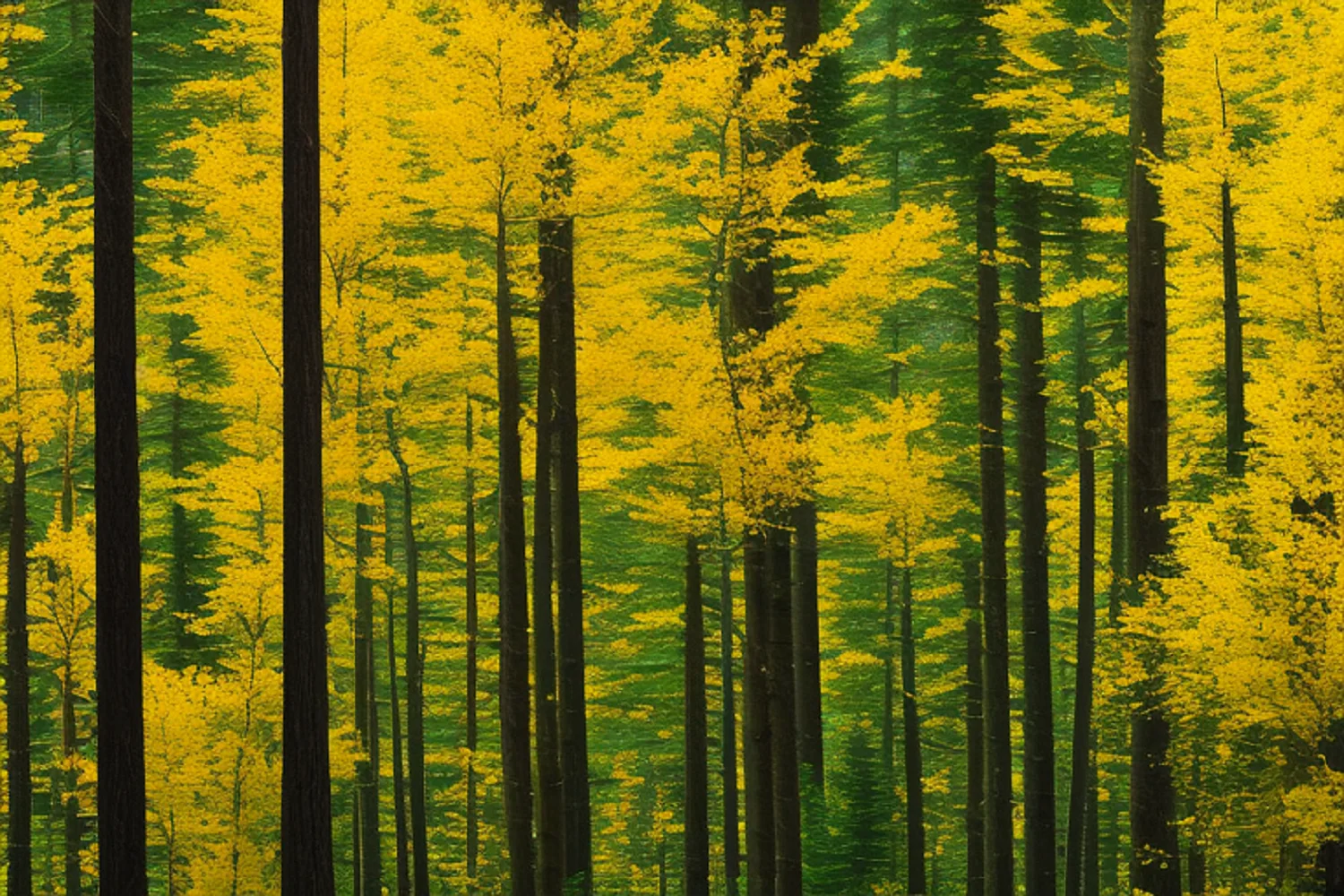Poplar trees have long been recognized as a hallmark of beauty in nature. Whether providing much-needed shade or a scenic backdrop, poplar trees can add aesthetic elegance to any outdoor setting. Not only are they breathtakingly beautiful, but they are also low-maintenance and long-lasting.
With their tall trunks and delicate leaves, poplar trees can help achieve the perfect balance between formality and relaxation in your backyard or garden sanctuary. Learn more about why these elegant saplings deserve a place in your outdoor space with our exclusive article on “Poplar Trees: The Ultimate Beauty in Your Backyard”.
Varieties of Poplar Trees
Poplars, also known as tremulous trees, are fast-growing, deciduous trees native to Europe and North America. These stunning trees can reach up to 120 feet in height and feature broad trunks that taper at the top with a slender form. Whether you want one single tree or a grove of poplars for an awe-inspiring backdrop, these dainty trees provide alluring beauty with their soft leaves fluttering in the breeze.
In addition to their aesthetic charm, pops have many other advantages too! Requiring minimal maintenance once planted, these drought-tolerant giants house deeper root systems than most other species making them perfect additions near walls while they store invaluable moisture inside each layer of bark preventing flood damage.
Additionally, they make easy work out of providing plentiful natural shade during the warmer months, UV ray absorption helping cool your outdoor sanctuary from direct sunlight!
Combined with windbreak capabilities from bordering properties keeping noise pollution at bay and three-season fragrances delivered by sweet-smelling blooms; poplar trees may just be the ultimate backyard gem for gardeners looking for more organized urban spaces outside contemporary homes and apartments alike.
Benefits of Poplar Trees
Poplar trees have become an indispensable part of outdoor landscaping due to their striking beauty, simple maintenance needs, and longer lifespan. These graceful saplings are characterized by their tall trunks and delicate leaves that create a formal yet inviting atmosphere wherever they are planted. They provide much-needed shade in the summertime while adding a picturesque touch to any garden or backyard setting year-round.
Whether looking for an aesthetic feature or practical addition, poplar trees offer plenty of advantages over other species. Compared to many others with similar properties, they require minimal upkeep and can last up to ten times as long – sometimes even beyond one hundred years!
On top of all this, poplars produce attractive catkins (flowers) during springtime which bring additional charm and natural delight into your outdoor space. In short, these timeless classic tree varieties offer beauty that will last for generations!
Planting and Caring for Poplar Trees
Poplar trees are renowned for their majestic beauty, with tall spectacular trunks and delicate leaves that can fill outdoor spaces with elegance. As hardy trees, poplars require low maintenance, making them the perfect choice for busy homeowners or those who simply want a little extra pizzazz in their gardens. To ensure proper growth and healthy development, some basic care is necessary.
Once planted and watered correctly (always check the instructions on packaging), regular pruning of young saplings should be done during Autumn and Winter months to keep them at a desirable height while allowing light and air to reach all parts of the tree more easily.
Furthermore, mulching around newly grown saplings is always recommended as it helps maintain moisture effectively in the soil as well as protect against weeds and other unwanted plants from taking root. Additionally occasional fertilizing will also help support robust growth since poplar trees naturally consume quite a bit of nutrient from the soil early on in their life when flowering occurs most profusely.
Any homeowner looking for an attractive addition to their backyard need not look far beyond poplar trees – with minimal overhead cost paired with unparalleled beauty provided by this type of sapling – you really can’t go wrong! From providing substantial shade to merely enjoying nature’s artistry without adding additional fuss – these exceptional beauties truly deserve all attention lavished upon them!
Decorative Uses of Poplar Trees
Poplar trees are a versatile addition to any backyard. Not only do they provide ample shade, but their majestic formality can give an outdoor area a refined atmosphere. With their tall trunks and delicate leaves popping out at the top, poplar trees add a visual interest that will attract attention and admirers.
Despite their intricate beauty, poplars also require minimal maintenance once planted as it has deep roots that don’t need regular tending to like some other saplings.
For instance, you won’t have to worry about uprooting each season or pruning heavily on occasion; plant these trees and watch them flourish for many years to come with little intervention from you!
Poplar trees may not be the most obvious decorative choice for your backyard but their subtle hues—ranging from greens to whites—can blend into almost any style of landscaping. (Some places do consider them “invasive”.)
Whether seeking contrasts in bold color blocks of black or red plants or blending graceful green lines into an established backdrop full of ivy, poplars can easily enhance any garden setting with gracefulness and natural aestheticism.
Crowd lesser foliage such as flowers around your poplars when decorating for added flair or keep just a select few sparsely placed throughout your space if you prefer serenity over organized bedding arrangements – whatever fits your unique tastes can be achieved with the help of these elegant saplings!
Common Issues with Poplar Trees
Poplar trees have long been admired for their majesty and beauty, but they do come with some challenges. Poplar trees are fast-growing and thus require regular pruning to maintain a healthy shape and appearance.
Pruning should be done twice per year in the spring or summer after the leaves have fully developed. Additionally, poplar trees tend to be susceptible to pests such as borers, aphids, scale insects, spider mites, cankerworms, and bark beetles which can result in significant damage if left untreated.
For this reason, it is important to inspect your tree regularly so you can quickly act upon any potential signs of a pest infestation before it is too late.
Finally, disease is another common concern when it comes to poplars with root rot being one of the most prevalent problems due to overly wet soil conditions that lack proper drainage.
To prevent this from occurring make sure your soils are well drained around your rooted area and provide adequate space between each round for good air circulation among the branches and foliage which will ultimately ensure an overall healthier tree going forward!



